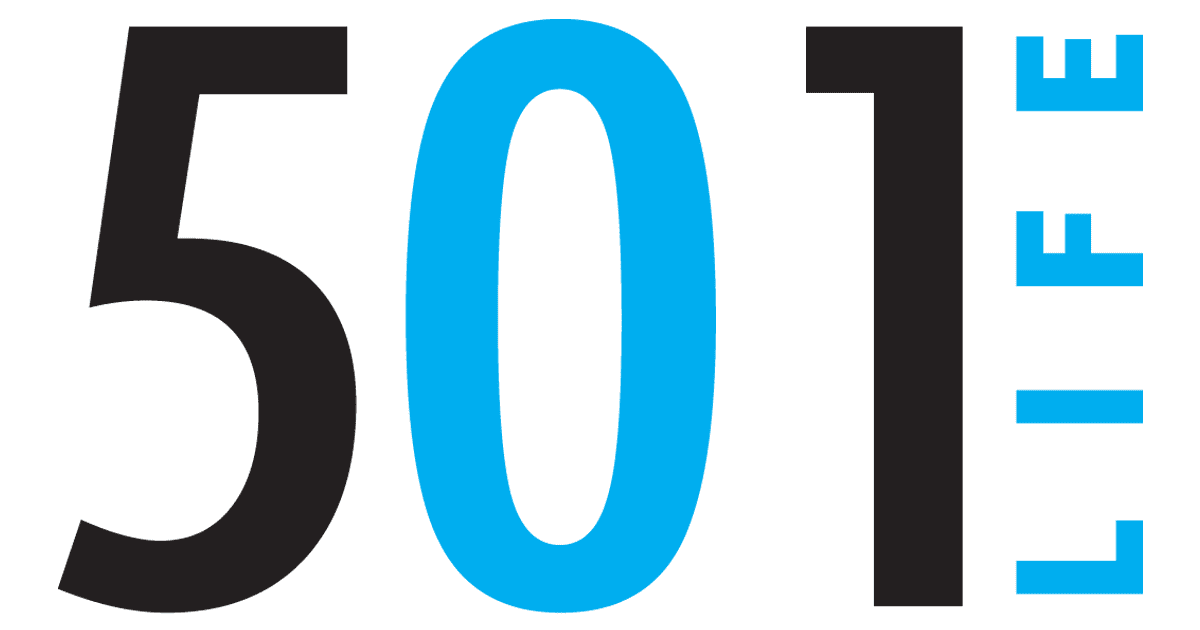
19 Sep 2011 Unique art display at Hendrix features sound and light
Hendrix College in Conway is home to a unique art display that is quickly becoming a favorite with both the Hendrix student body and the 501 community at large.
“Harmonic Fugue” is an interactive sound and light environment located in the two tunnels that were recently constructed under Harkrider Street, connecting the Hendrix campus.
Designed by Boston artist/composer/architect Christopher Janney as part of his “Urban Musical Instrument” series, the artwork consists of a series of interactive “touch” sensors, audio speakers and colored LED lights.
As visitors reach up and wave a hand in front of one of the “white dots,” both a LED light and an ever-changing soundscore from the audio speakers are triggered. The score is composed of a variety of melodic instruments and environmental sounds indigenous to Arkansas, including the song of a mockingbird and the honeybee. All the sounds are pitched according to certain laws of harmony so that no matter what is played, the sounds in each tunnel play in concert with one another.
Ten touch senors, five audio speakers and 17 full-color computer-controlled LED lights are contained in each of the underpass’s two tunnels.
The tunnels were conceived as a place to experience creativity – not just by looking at or walking around an artwork, but by actually walking into and through it – an “immersive experience.”
Also designed into the artwork is “a riddle” created by Janney, adding an additional experience for the returning participant. In the tunnel, a text has been etched on a plaque. If a visitor deciphers the riddle and “plays” the sensors in the order given by the puzzle, the piece will respond with a special “dance” of its own.
“It is the role of ‘Harmonic Fugue’ to make this passageway not just a transition space, but a destination place for creative play at all hours of the day and night,” Janney says on his website. “Hopefully, I have conceived an icon for Hendrix College and the City of Conway that speaks to the social interaction of public spaces and to the open classroom.”


